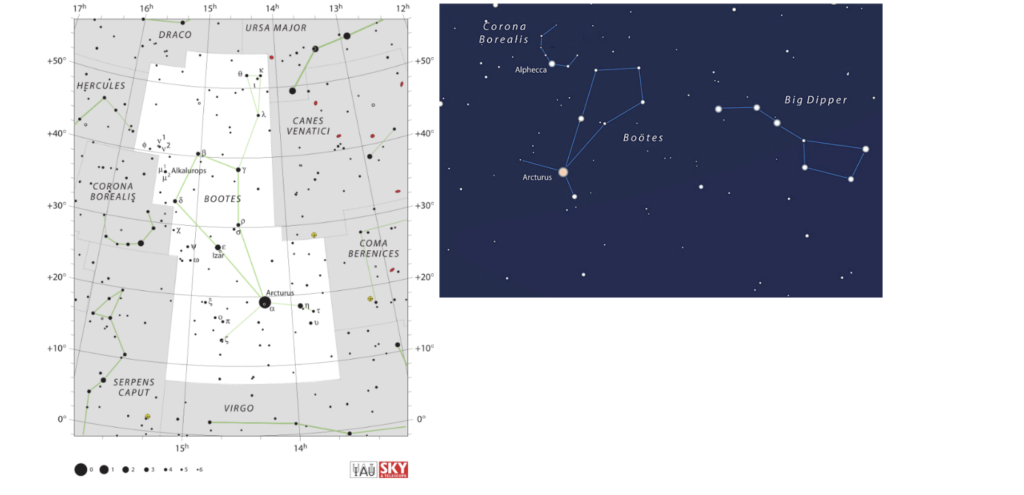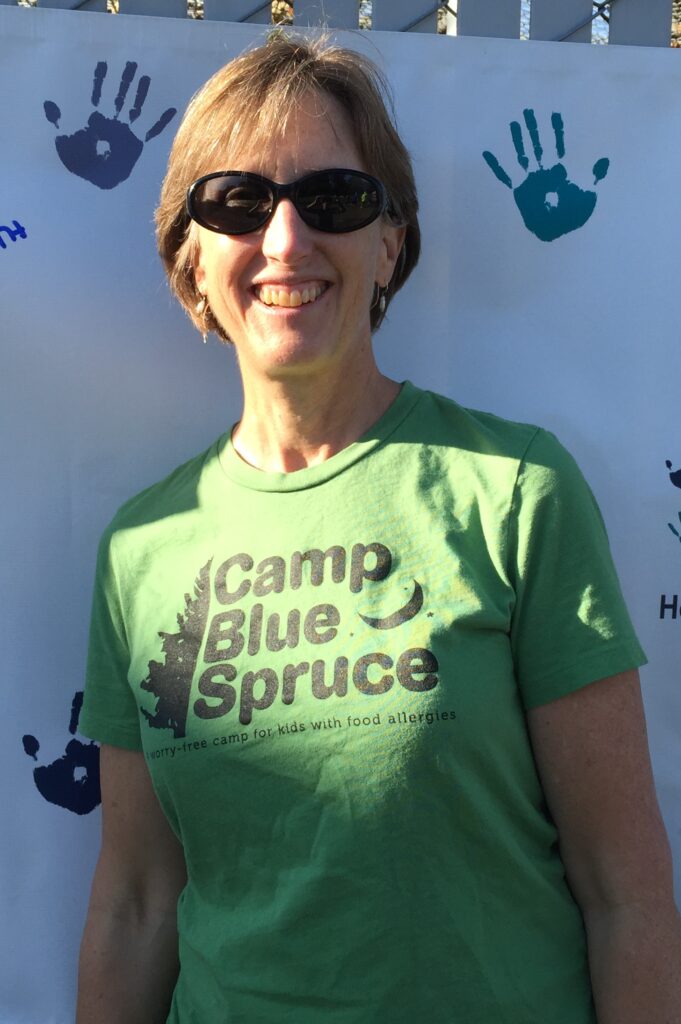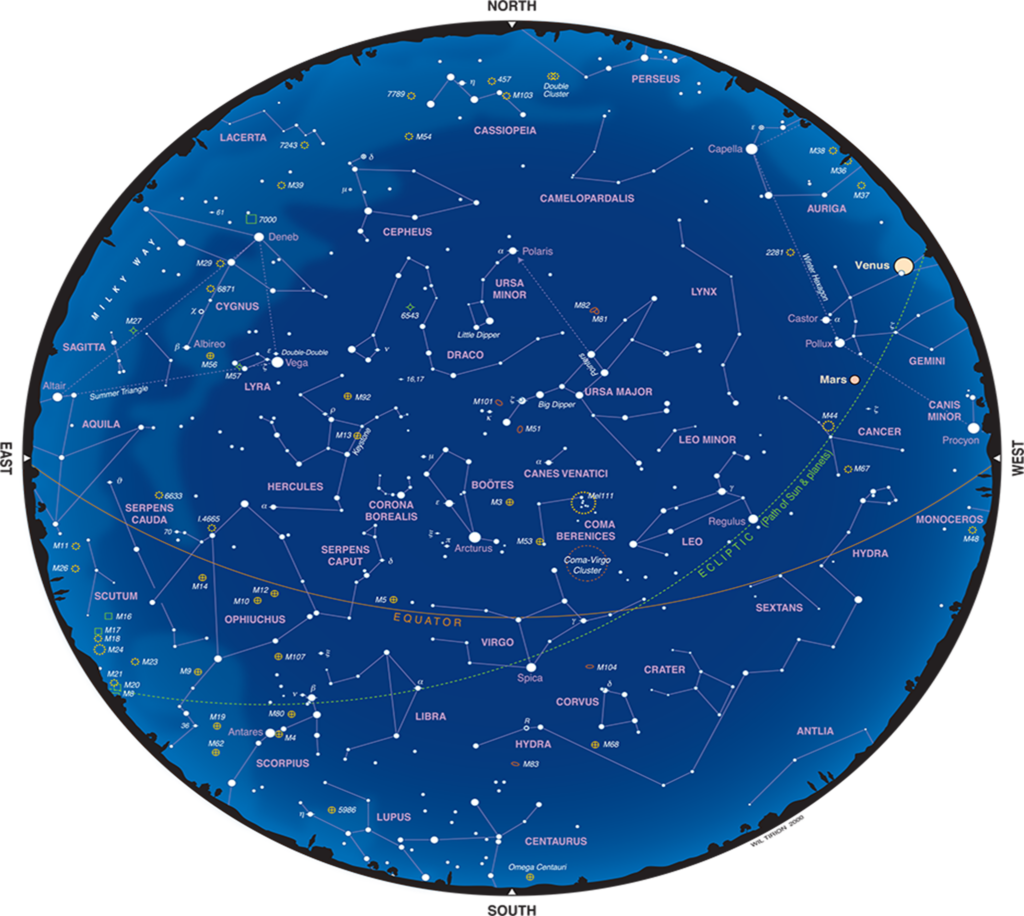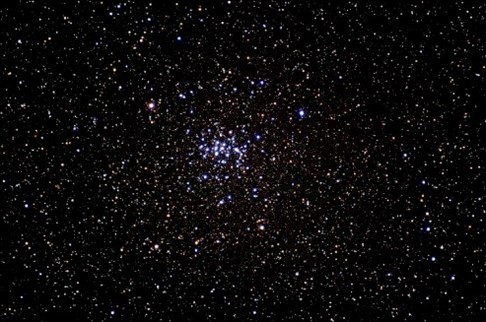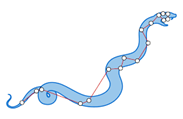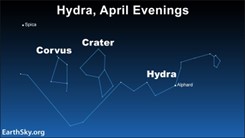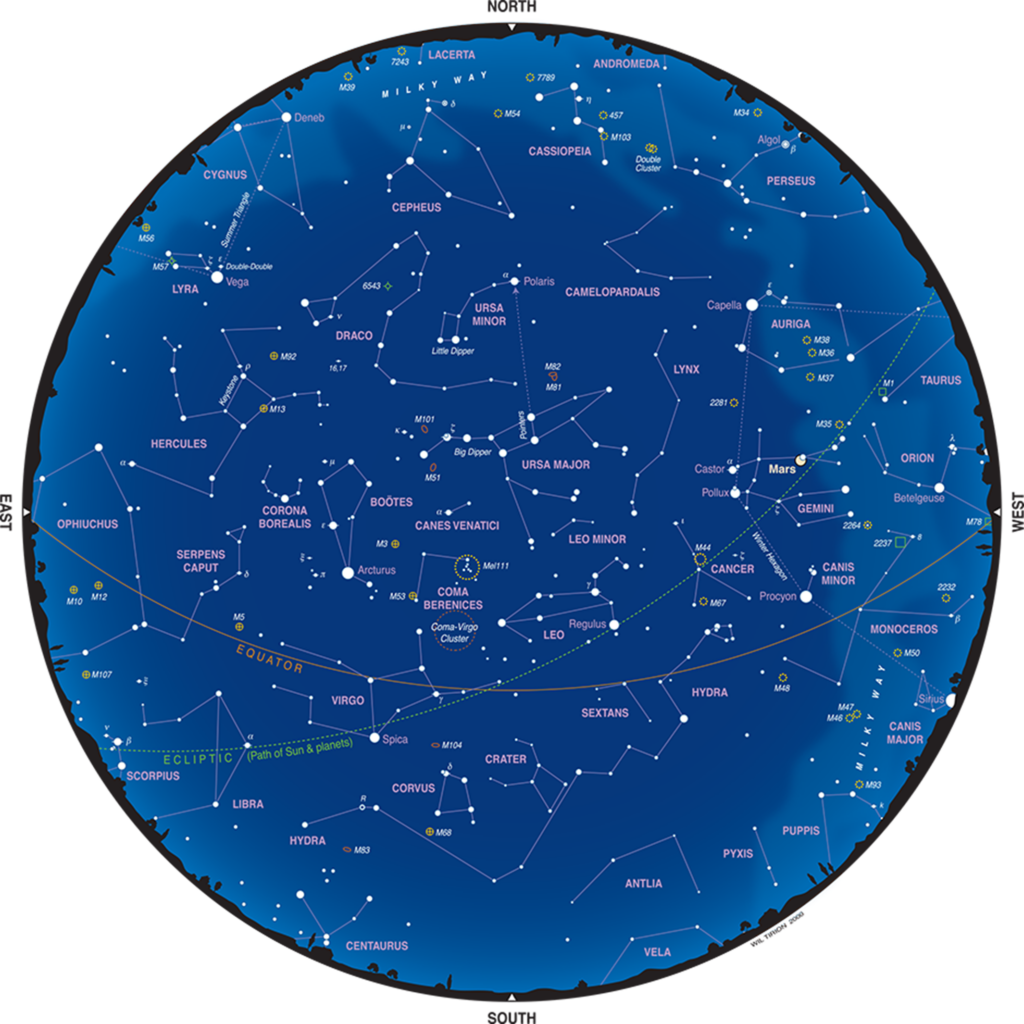Although much reduced, cases of Covid-19 are still occurring. With that in mind, Camp Blue Spruce is taking precautions to ensure that everyone has a safe & healthy camp experience!
Covid Vaccines and Boosters
All campers and staff must provide documentation of receiving at least one set of vaccinations or have a letter from their doctor exempting them for medical reasons. Vaccine cards must be uploaded through the camper registration and staff application websites.
Getting Ready for Camp
We ask all families and staff to avoid large, indoor crowds for up to 14 days before camp. Everyone will be asked COVID-screening questions at check-in.
● Campers, please take a FDA approved Covid test within 48 hours before you arrive at camp. If you need assistance with locating or purchasing a COVID test kit, let us know ahead of time so that we can help.
● Staff will be provided a FDA approved Covid testing kit when they arrive at staff training.
● We will check proof of a negative antigen COVID test result for each camper or staff upon arrival.
● Do NOT travel to camp if you were exposed to COVID-19, you are sick, you test positive for COVID-19, or you are waiting for results of a COVID-19 test. Do NOT travel with someone who is sick.
● If a camper or staff has a positive COVID-19 test up to 21 days prior to arrival, please contact us immediately at registrar@campbluespruce.org to see how to proceed. Refunds will be considered on a case by case basis. Both staff and campers must provide verifiable proof of a positive test within the specified timetable.
At Camp
● Each day staff will conduct a verbal wellness check with campers and other staff.
● Most activities will be held outdoors.
● We will be eating in Camp Tapawingo’s beautiful dining hall, which is large and well ventilated.
Responding to A Positive COVID Case
If someone is experiencing symptoms of COVID-19, Camp Blue Spruce will test that person using a rapid PCR test. If the test results are positive, that camper will be isolated, and the parents called to come pick up the child as soon as possible, ideally within 4 hours, but no longer than 6 hours later. Other campers in that camper’s cabin will be tested, watched carefully and their emergency contacts will be informed. They will be restricted from interacting with the rest of the camp and may also be sent home.
Communication
We will strive to provide all significant updates via our website and through email. Any questions, please contact us at registrar@campbluespruce.org or call 503- 726-8886. Thanks for helping to make this the best camp ever!

